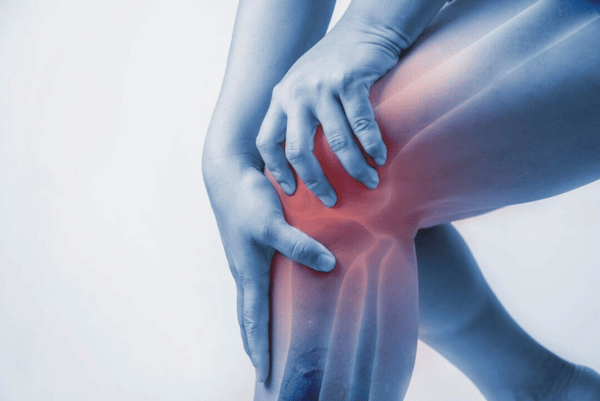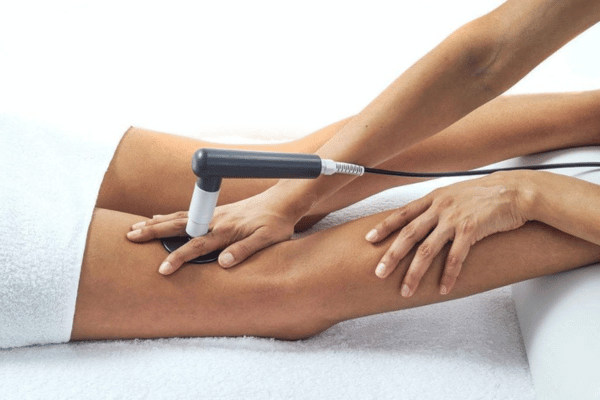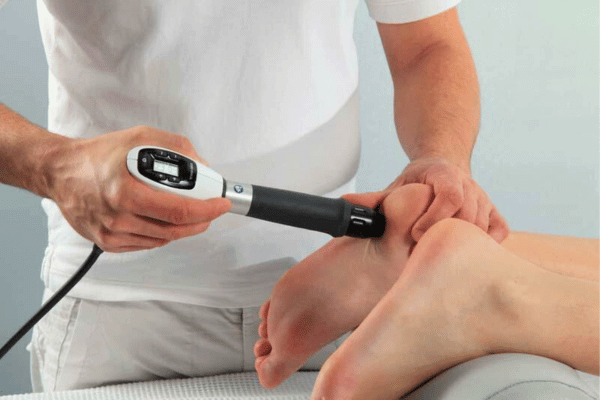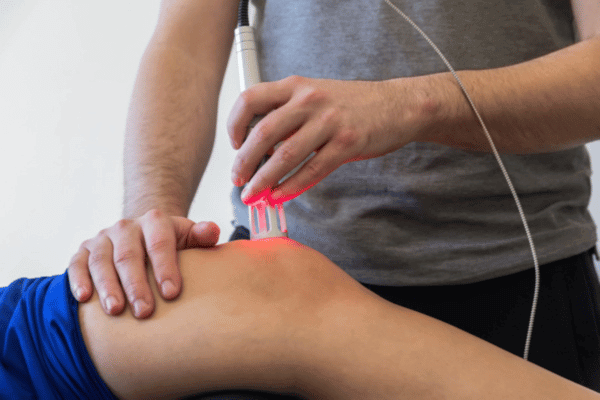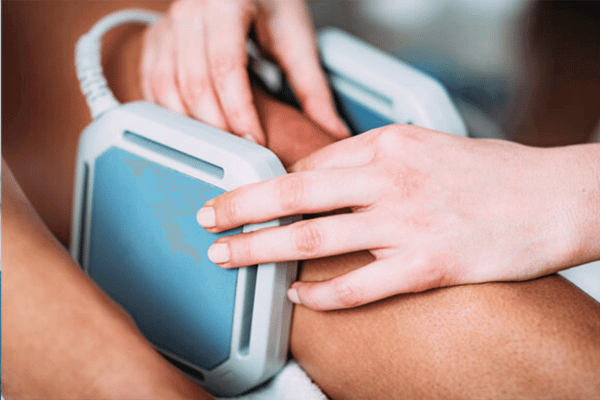Introduction:
Knee pain has emerged as a prevalent health issue in recent times, affecting a large number of individuals. When left unattended, knee pain can lead to swelling and weaken the surrounding muscles. This, in turn, impacts the ligaments and tendons of the knee joint, altering the natural walking process and causing the knee to become misaligned. Initially, knee pain may be mild, but if not properly addressed, it can progress into a severe condition, often requiring surgical intervention. However, in many cases, knee pain can be effectively treated through physiotherapy, offering relief and preventing further complications.
Understanding Knee Pain:
Knee pain is characterized by swelling and discomfort around the knee joint. If the swelling persists, it can lead to muscle weakness, affecting the ligaments and tendons that support the knee. As a result, the individual may experience changes in their gait and eventually develop a misaligned knee. What starts as a minor inconvenience can worsen over time, potentially necessitating surgical measures.
Treatment Options:
Fortunately, knee pain can often be reduced without resorting to invasive procedures. One of the most effective methods for managing knee pain is through physiotherapy. Physiotherapy employs various techniques and exercises to target the underlying causes of knee pain and promote healing.
Physical Examination and Assessment:
When seeking treatment for knee pain, a qualified physiotherapist will conduct a thorough physical examination to assess the condition. This evaluation helps determine the specific causes of the pain, such as muscle imbalances, joint misalignment, or overuse injuries. Understanding the root cause is crucial for designing an individualized treatment plan.
Strengthening Exercises:
Physiotherapy often involves strengthening exercises that focus on the muscles surrounding the knee joint. Strengthening these muscles helps provide better support to the knee, reducing strain and discomfort. The physiotherapist will guide patients through targeted exercises to improve muscle strength, stability, and flexibility.
Range of Motion Exercises:
To enhance mobility and flexibility, range of motion exercises are employed. These exercises involve gentle movements that promote flexibility in the knee joint and surrounding muscles. By increasing the range of motion, patients can experience reduced pain and stiffness in their knees.
Pain Management Techniques:
Physiotherapists employ various pain management techniques to alleviate discomfort associated with knee pain. These may include heat or cold therapy, ultrasound, electrical stimulation, or manual therapy techniques such as massage. These methods help reduce inflammation, relieve pain, and improve blood circulation to the affected area.
Education and Home Exercise Program:
In addition to in-clinic sessions, physiotherapists provide valuable education on proper body mechanics and techniques for preventing future knee problems. They also develop a customized home exercise program to ensure patients continue their rehabilitation outside of therapy sessions. This proactive approach empowers individuals to take an active role in their recovery.
Conclusion:
Knee pain is a common condition that, if left untreated, can lead to significant complications and even surgery. However, with the right approach, including physiotherapy, many individuals can find relief and improve their knee health. By addressing the underlying causes of knee pain, strengthening the surrounding muscles, and promoting proper alignment and mobility, physiotherapy offers a non-invasive and effective solution for managing knee pain. If you are experiencing knee pain, consult our qualified physiotherapist who can guide you on a personalized treatment plan and help you regain pain-free mobility. Remember, taking early action is key to preventing further complications and ensuring a healthier, pain-free future.

